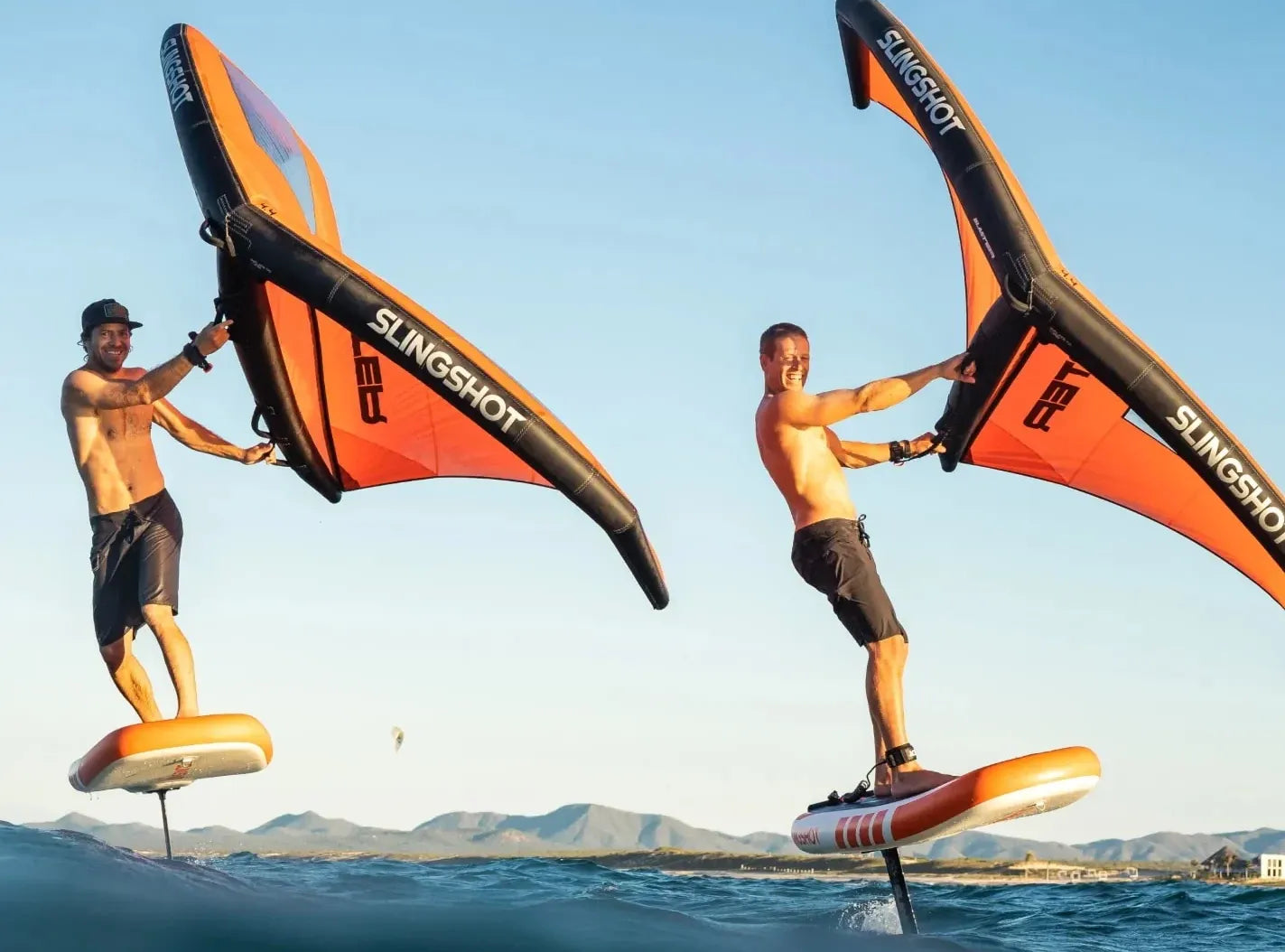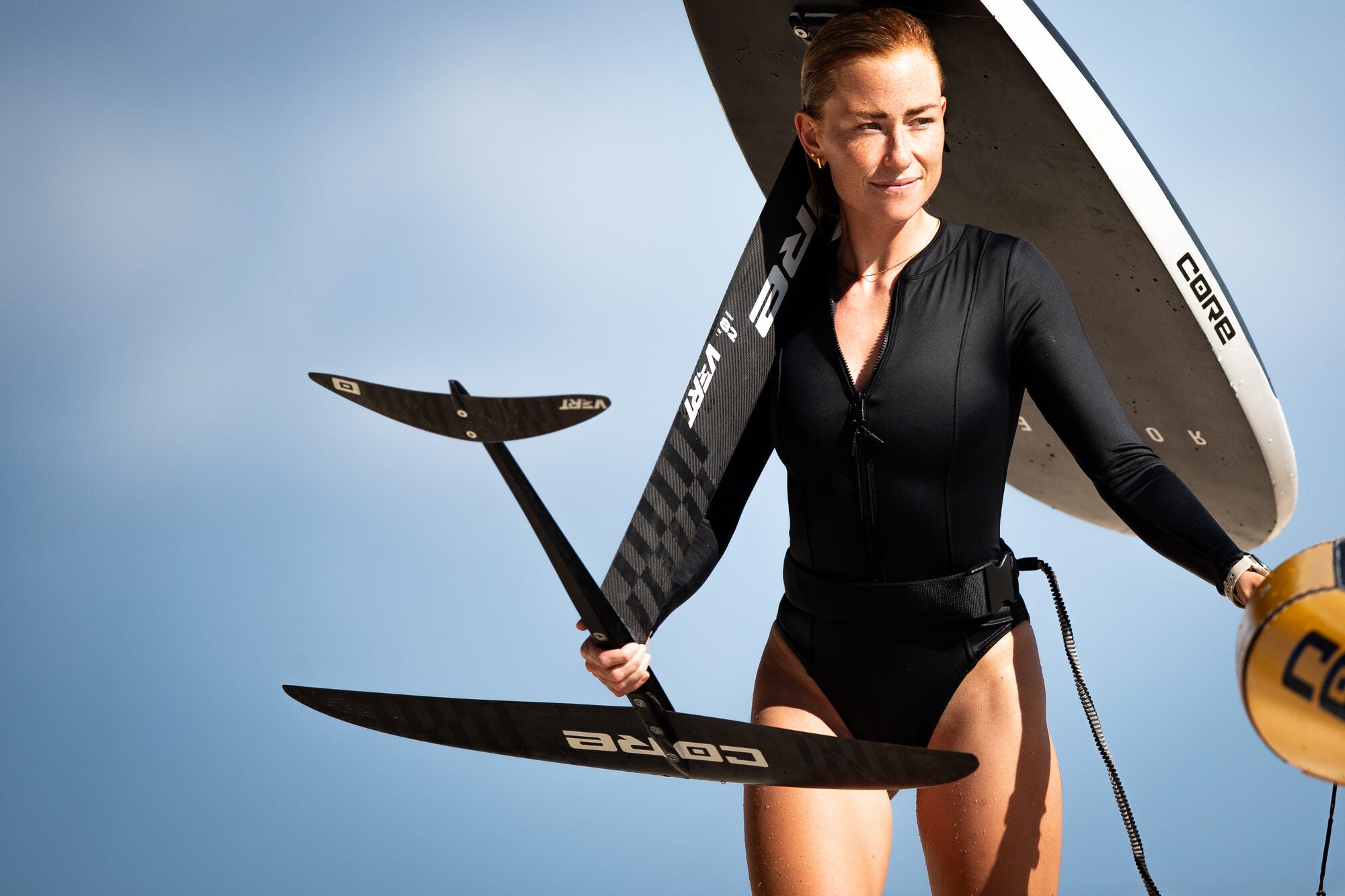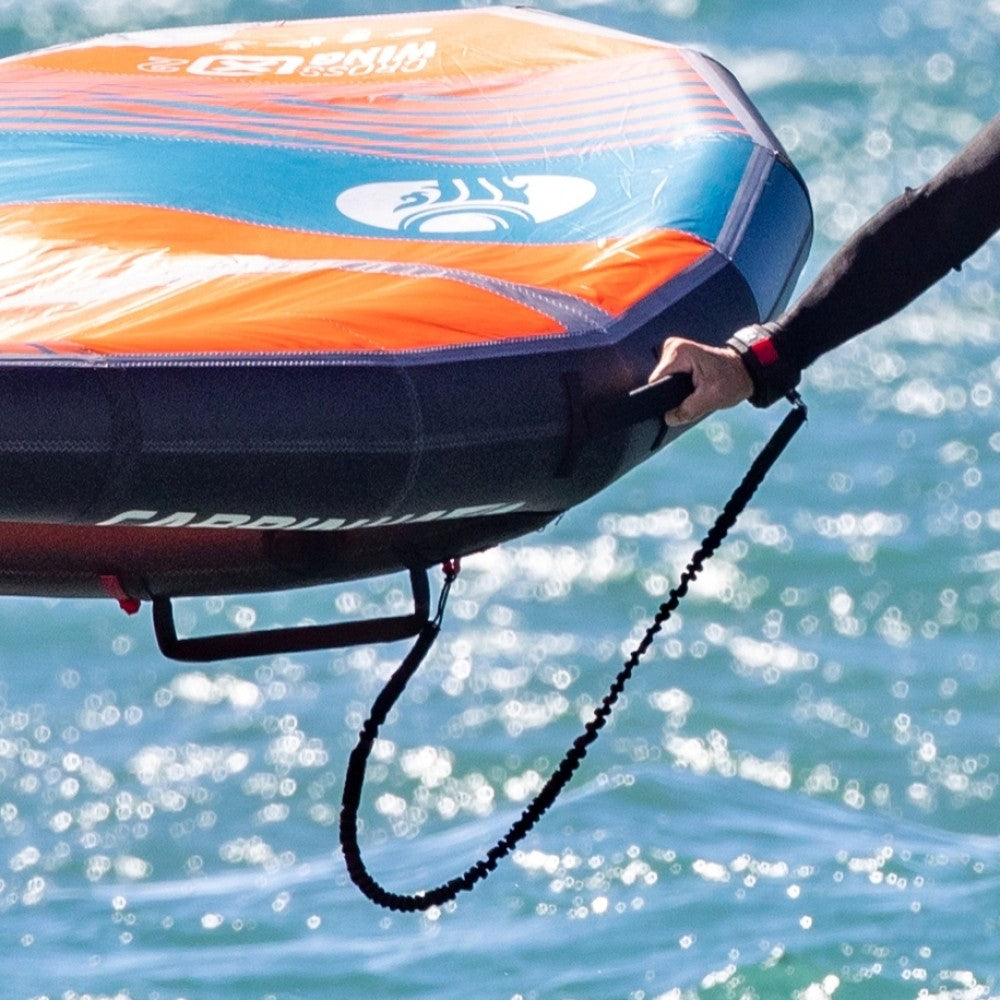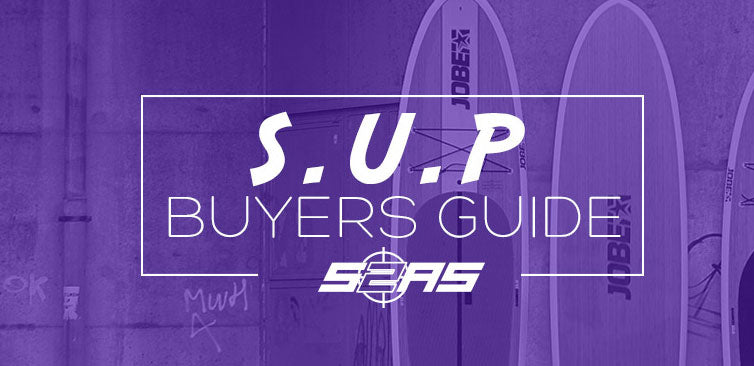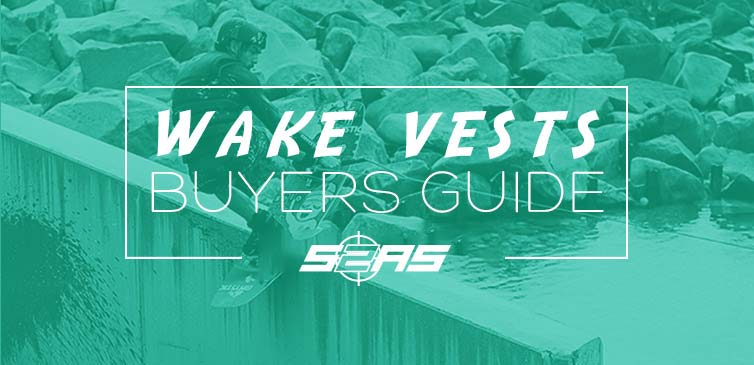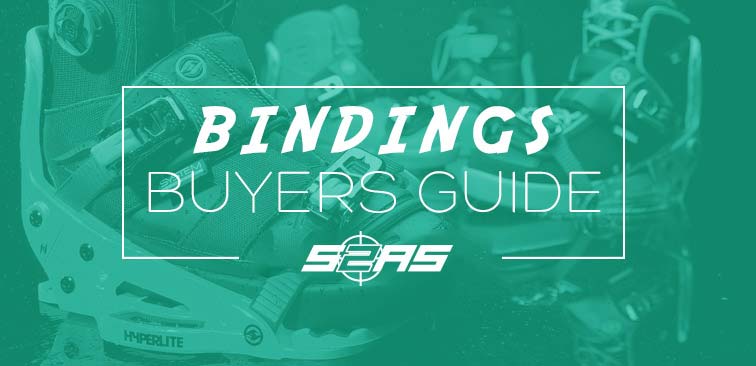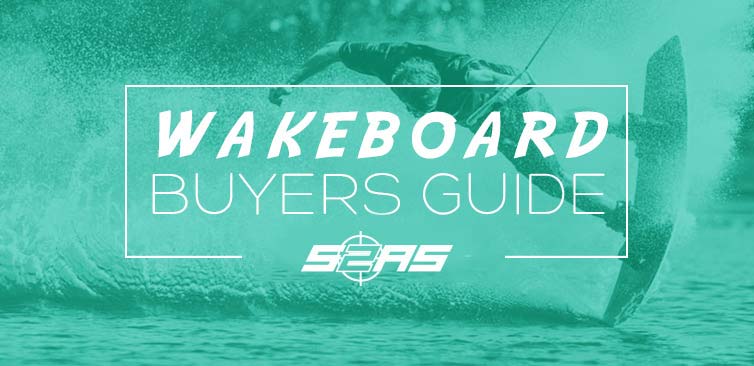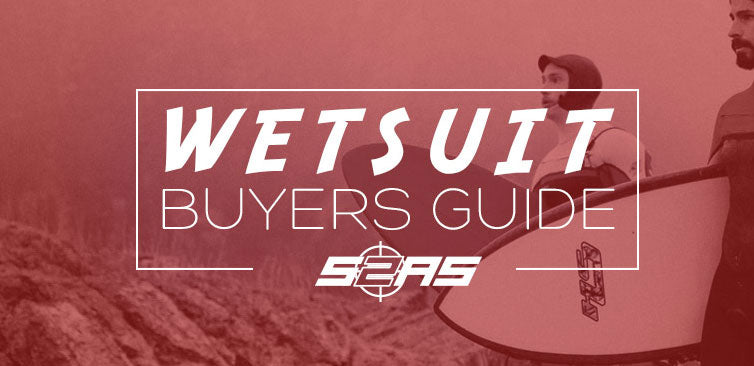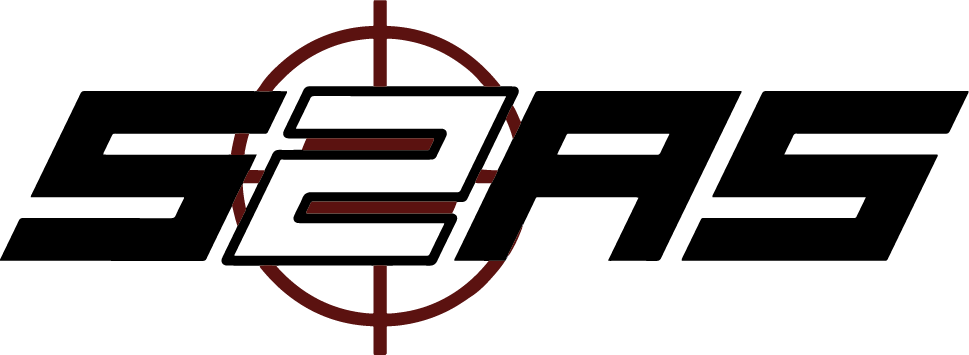Buyers Guide - Wing Foil Board
1. Skill Level
- Beginner Boards: These boards are typically wider, thicker, and more stable, making them ideal for newcomers to the sport. They are forgiving and easier to balance on, allowing you to progress quickly.
-
Intermediate Boards: As you gain experience, you may want to transition to a more performance-oriented board. Intermediate boards are often more streamlined and designed for better maneuverability and speed.
Example Slingshot Wing Craft V2
-
Advanced Boards: Expert riders looking for maximum performance will prefer advanced boards, which are typically narrower, lighter, and designed for precision control and speed.

2. Board Size
-
Volume: A board's volume is a key indicator of its buoyancy. For beginners, a higher volume board (120-200 liters) provides more stability. Advanced riders may opt for boards with lower volume (40-100 liters) for increased responsiveness.
-
Length: Longer boards (around 6' to 7') offer more stability, while shorter boards (around 5' to 6') provide better maneuverability and speed. Choose a length based on your skill level and specific riding goals.
-
Width: Wider boards offer greater stability, making them suitable for beginners. Narrower boards are favoured by experienced riders for improved agility.
3. Shape and Design
-
Rockers: The rocker refers to the board's curve from nose to tail. Boards with a flatter rocker are better for speed and glide, while those with more pronounced rockers provide better maneuverability.
-
Outline: The outline shape of the board can affect its turning ability and stability. A rounded outline may be more maneuverable, while a straighter outline can provide stability.
-
Foil Mount: Ensure your board is compatible with the foil you plan to use. The foil mount should be positioned correctly to maintain balance and control.
4. Materials
-
Epoxy: Epoxy boards are lightweight, durable, and often preferred by intermediate and advanced riders.
-
Inflatable: Inflatable boards are highly portable and suitable for traveling. They are excellent for beginners and are remarkably durable.
-
Carbon Fiber: High-performance boards are often constructed with carbon fiber, making them lightweight and responsive, but they can be more expensive.

